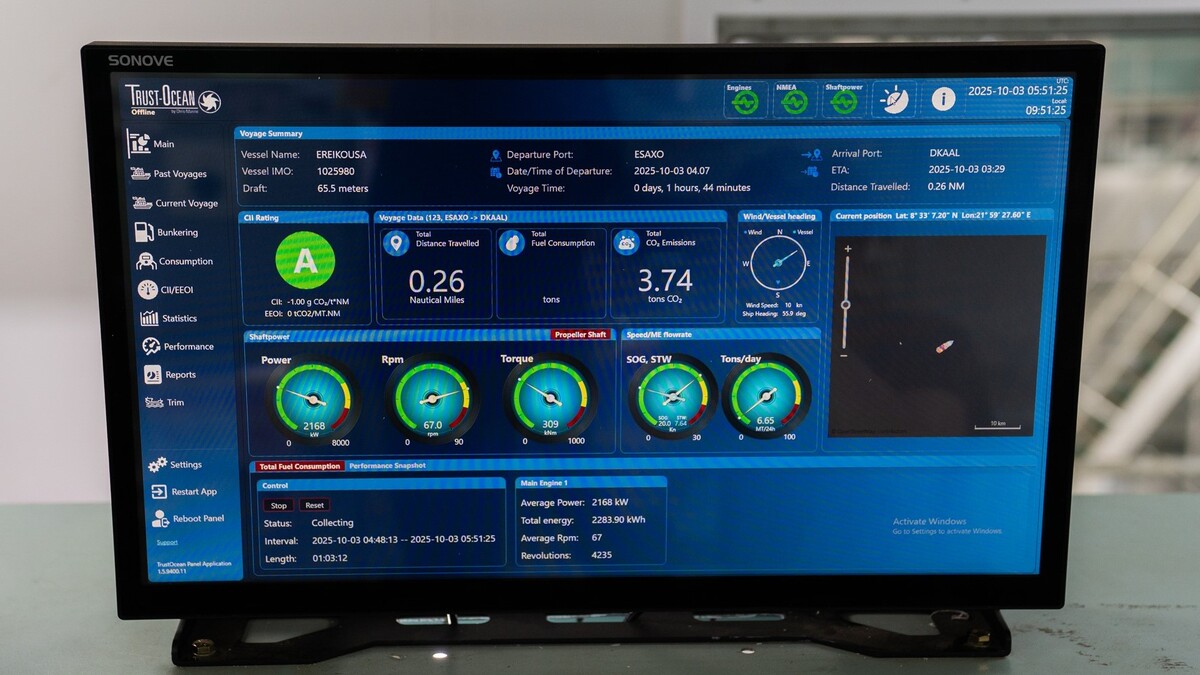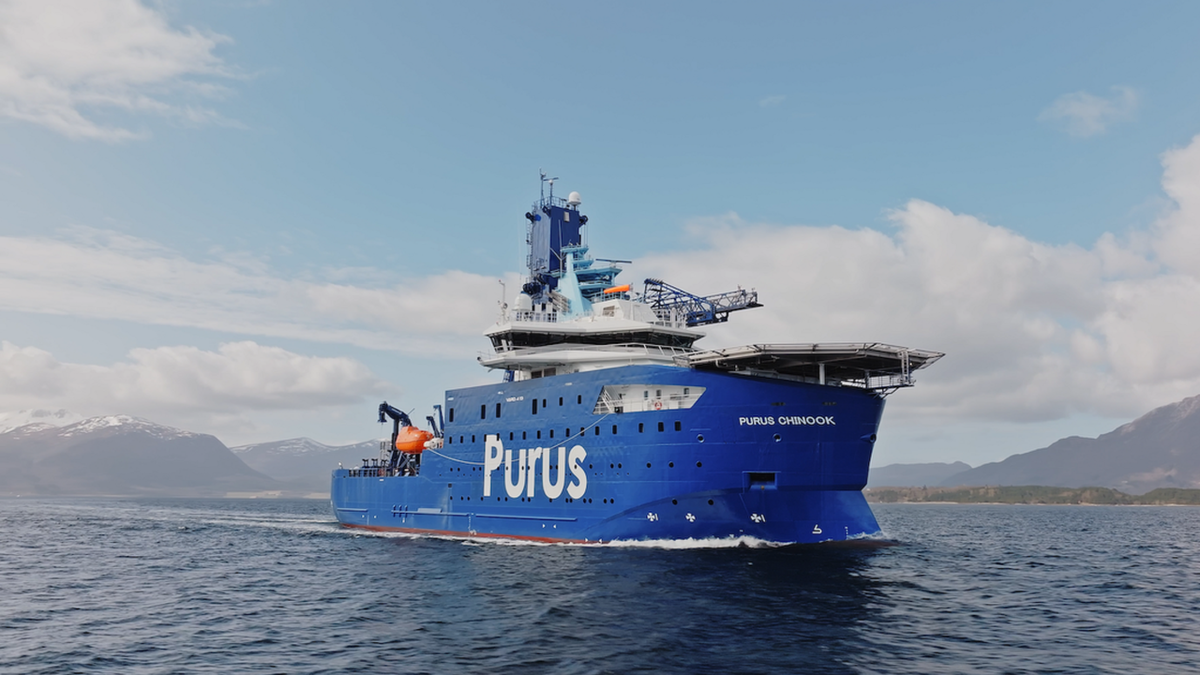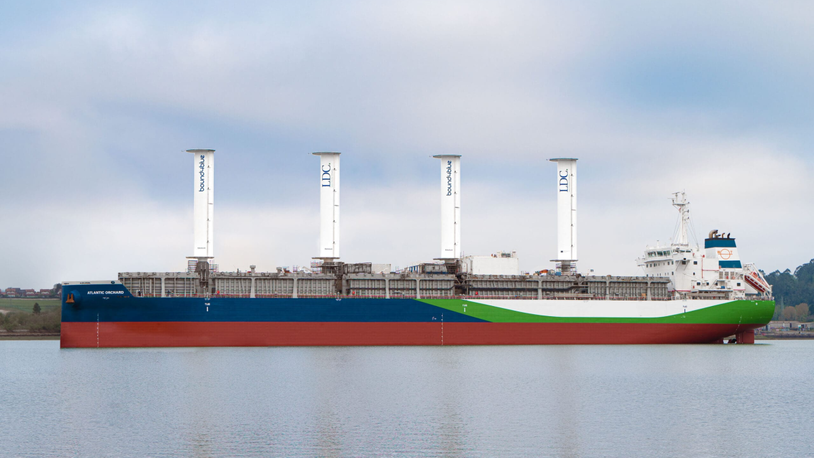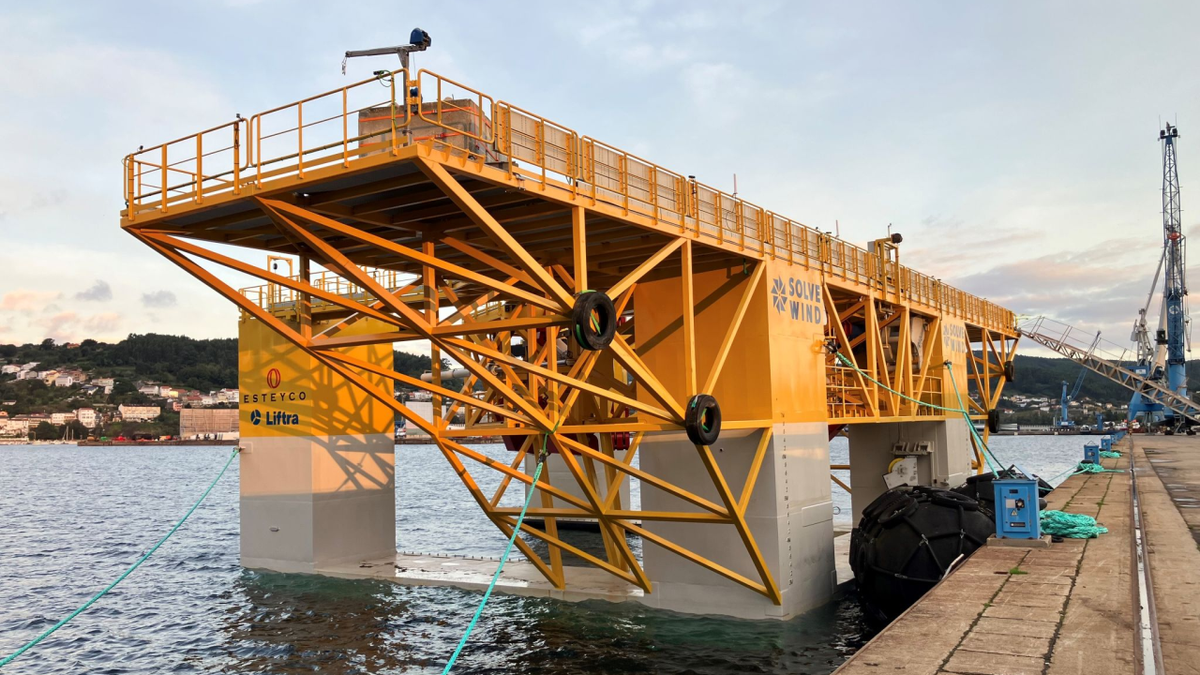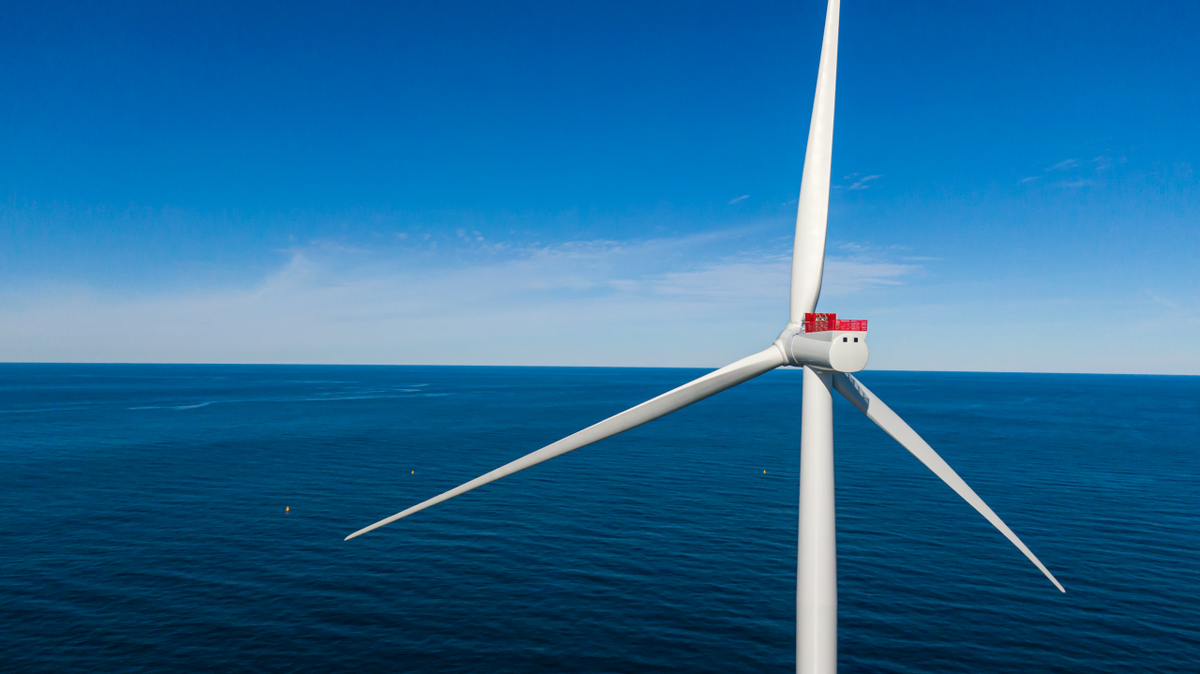Business Sectors
Events
Ship Recycling Webinar Week
Contents
Register to read more articles.
Cable monitoring ‘a potential operational risk’ for floating windfarms
Technology that can monitor dynamic cables is “not sufficiently mature,” report states
Floating offshore wind is growing quickly and commercial-scale projects are on the horizon but, to date, few cable monitoring systems are proven or demonstrated in the field.
So says a report published by the Carbon Trust, that suggests cable monitoring could be an Achilles heel for the industry if the technology readiness of monitoring does not quickly advance.
Published in July 2025, the report, Floating Wind Joint Industry Programme Stage 3 Phase 1, notes despite a slower than expected pace of development for the floating offshore wind sector since publication of the previous report from the programme, there are positive signs on the horizon for the industry.
In France, the first of three much anticipated floating offshore wind projects has now reached operation in the Mediterranean. The Provence Grand Large project, with a capacity of 24 MW is soon to be followed by the 30-MW Golfe du Lion and EolMed projects, both currently under construction. These developments, although they are not the largest floating offshore wind projects installed to date, represent a step-scale from the single unit demonstrators deployed over the past decade and signal a growing momentum in both the sector and region.
Floating offshore wind is also entering a new phase of development in UK. In late 2024, the 400-MW Green Volt project became the first commercial-scale floating offshore windfarm to secure an offtake agreement under the UK’s flagship Contracts for Difference renewable energy support scheme. Scheduled for commissioning in 2029, it will become the first commercial-scale floating windfarm in the world. In addition, The Crown Estate recently awarded 3 GW of floating offshore wind capacity under the Celtic Sea leasing round, added to a growing pipeline of projects from previous ScotWind and INTOG leasing rounds.
Stage 3 of the Floating Wind joint industry project led by the Carbon Trust reflects on the critical steps needed to commercialise floating offshore wind projects globally. Building on the foundations that were laid in previous stages of this programme – which demonstrated technical feasibility and cost-reduction potential – its latest report focuses on enabling large-scale deployment, derisking technology challenges, identifying innovative solutions, and supporting cost reduction. The technologies covered in the report are wide-ranging and focus on areas where the industry needs clarity to progress, and on technical challenges that need to be overcome for the sector to scale up. Among these is condition monitoring.
“Dynamic cables present a potential operational risk for floating offshore wind assets,” note the authors of the report. “Even in bottom-fixed offshore wind applications, insurance data indicates cables present the most common failure risk. A review of common failure modes for existing inter-array and export cables infrastructure identified the main cable failure modes are mechanical, which often precede other failure modes, such as insulation degradation or thermal failure.”
The report says the cable components most exposed to mechanical failure are outer cable sheaths and integrated optical fibre. Dynamic cables also present a potential operational risk for floating offshore wind assets and, given the increased cyclic load conditions and higher mechanical stresses for dynamic cable sections, mechanically induced failure is a key risk factor. Hence, says the Carbon Trust, “there is clear demand for condition monitoring across many stakeholder groups… but few cable condition monitoring technologies have been demonstrated in the field.”
The authors of the report say addressing technology barriers in the early stages of development will be crucial to derisk dynamic cable condition monitoring technologies and ensure a clear route to adoption. They identified several ‘knowledge gaps’ and technical and commercial barriers to the deployment of dynamic cable condition monitoring generally, that are not specific to any single technology solution, including a general lack of awareness of and confidence in possible condition monitoring technologies.
There is, they say, a lack of confidence in the business case for condition monitoring and applications and systems, and a lack of knowledge sharing, collaboration, common language and metrics across the industry has led to prolonged delivery of prototype solutions, a general lack of consistency with design and solutions, and a repetition of mistakes.
In addition, say the authors of the report, there is a lack of clear translation of technical data and analysis to meaningful insights and recommendations; a lack of certainty on data storage approaches suitable for vast quantities of data recorded through long-term condition monitoring; and feasibility of developing software to interrogate the monitoring data and provide the analysis; and a lack of availability of operational windfarms with the capacity to deploy both a new technology and an established survey method for demonstration and validation.
“Many of these industrywide barriers… need to be addressed upfront, otherwise there is a risk solutions are developed without clear routes to adoption and/or with limited usefulness in deployment,” the report states. “Collaboration across the supply chain is essential to increase the technology readiness level of condition monitoring technology… and with no single technology yet mature and proven, and each having varying strengths and weaknesses, it is necessary to continue supporting the development of multiple solutions.
“Given the necessity for testing, from laboratory scale through to trial deployment in the field, there is a significant risk the development of all technologies will be delayed if suitable facilities and demonstrator projects are not established quickly enough. To enhance system development, it is worth exploring the potential for combined prototype testing of multiple technologies… and there is further potential for combined solutions and integration in the cable manufacturing process, requiring collaboration between monitoring equipment suppliers and cable manufacturers.
“Addressing technology barriers in the early stages of development will be crucial to derisk dynamic cable condition monitoring technology and ensure a clear route to adoption. Collaboration across the supply chain is essential,” the report authors conclude, noting operational costs associated with continuous monitoring of offshore wind infrastructure “are routinely underestimated.”
Sign up for Riviera’s series of technical and operational webinars and conferences:
- Register to attend by visiting our events page.
- Watch recordings from all of our webinars in the webinar library.
Related to this Story
Events
Ship Recycling Webinar Week
International Bulk Shipping Conference 2025
Tankers 2030 Conference
Maritime Navigation Innovation Webinar Week
© 2024 Riviera Maritime Media Ltd.

